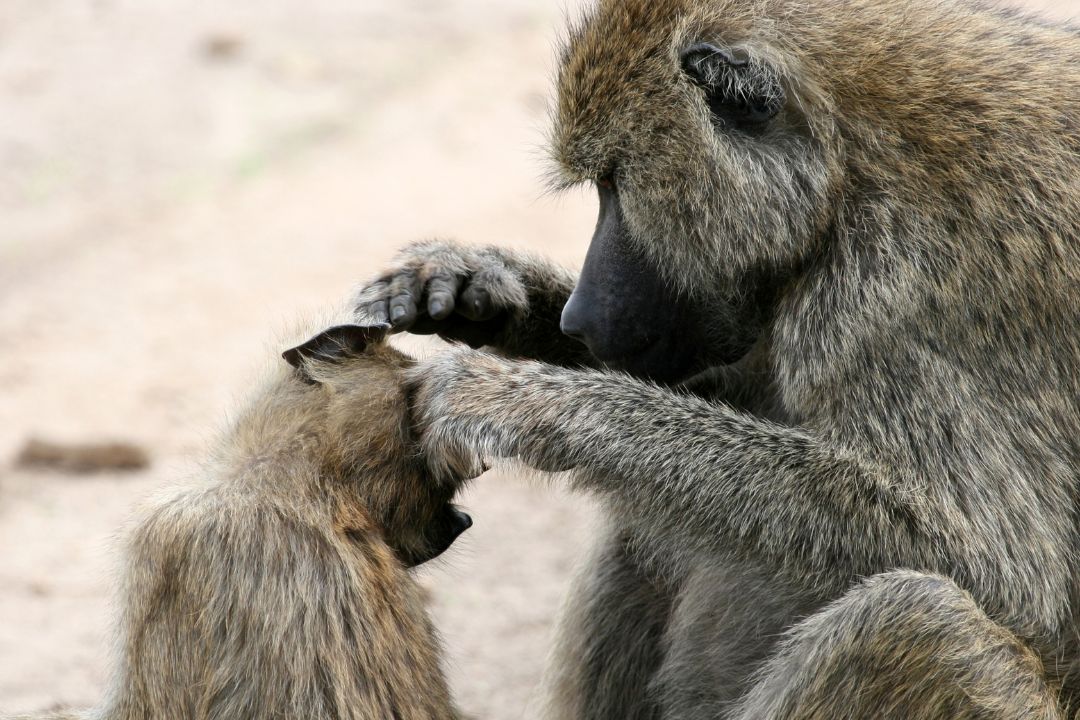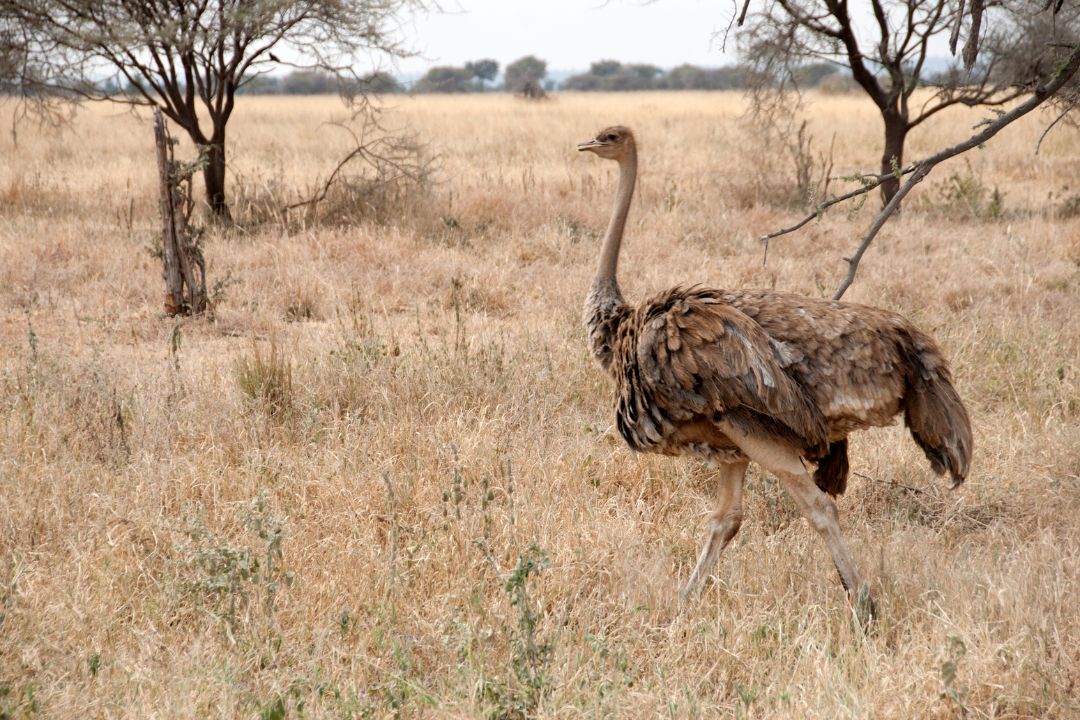Tarangire National Park, nestled in northern Tanzania, spans 2,850 square kilometers and offers a unique glimpse into Africa’s wildlife and landscapes. Known for its baobab-studded plains and seasonal swamps, the park comes alive during the dry season when the Tarangire River becomes a lifeline, drawing iconic species like elephants, wildebeest, zebras, and giraffes. Predators such as lions, leopards, and cheetahs thrive in this diverse ecosystem, providing thrilling wildlife encounters. With over 550 bird species, including the endemic yellow-collared lovebird, Tarangire is a haven for birdwatchers and nature enthusiasts alike. The park’s commitment to conservation and sustainable tourism ensures that visitors can marvel at its natural wonders while supporting efforts to preserve its ecological balance. Tarangire National Park stands as a testament to Africa’s rich biodiversity and serves as a vital sanctuary where wildlife flourishes amidst breathtaking landscapes.



What is the Tarangire National Park?
What animals can be seen in the Tarangire National Park?
Tarangire National Park in Tanzania is renowned for its diverse wildlife, featuring large concentrations of elephants, often gathering near the Tarangire River during the dry season. Visitors can also spot herds of wildebeest, zebras, and buffalo roaming the savannahs, while predators like lions, leopards, and cheetahs are frequently sighted, showcasing the park’s rich biodiversity. Giraffes gracefully navigate the acacia-dotted plains, alongside lesser-known species such as the fringe-eared oryx and the gerenuk. Birdwatchers can enjoy observing over 550 bird species, including the striking yellow-collared lovebird. Tarangire’s varied habitats, from baobab forests to lush swamps, provide a picturesque backdrop for wildlife enthusiasts seeking memorable safari experiences.
When is the best time to visit for Tarangire National Park?
What activities are available in the Tarangire National Park?
How do I get to the Tarangire National Park?
Is it safe to visit the Tarangire National Park?
What should I pack for a visit to Tarangire National Park?
We use international standard equipment, and our guides are trained in first aid and equipped with personal protection gear.
Once a tour is booked, it is guaranteed to operate, even if there is only one client for the entire trip.
Our guides are trained to attend to each client's needs and adjust the program to ensure a personalized experience.

©2024 Kilimanjaro Raven Trek and Safari, All rights reserved.
Developed by Pro ICT Tanzania